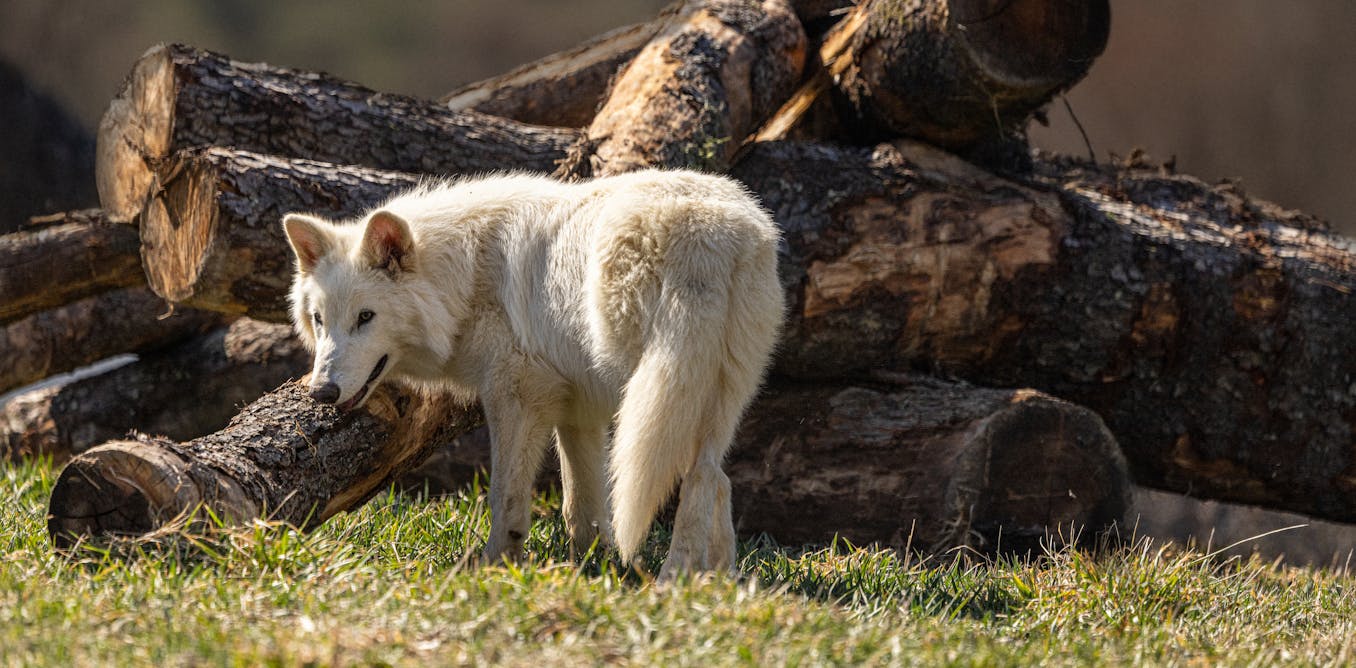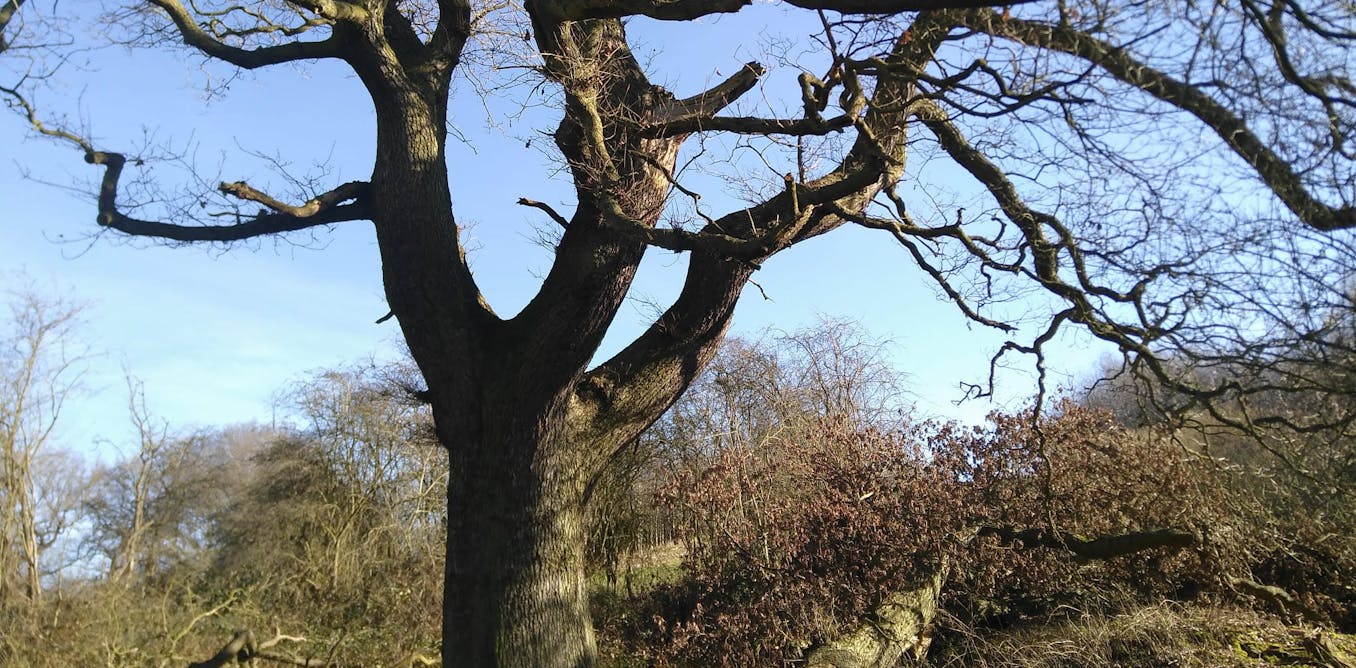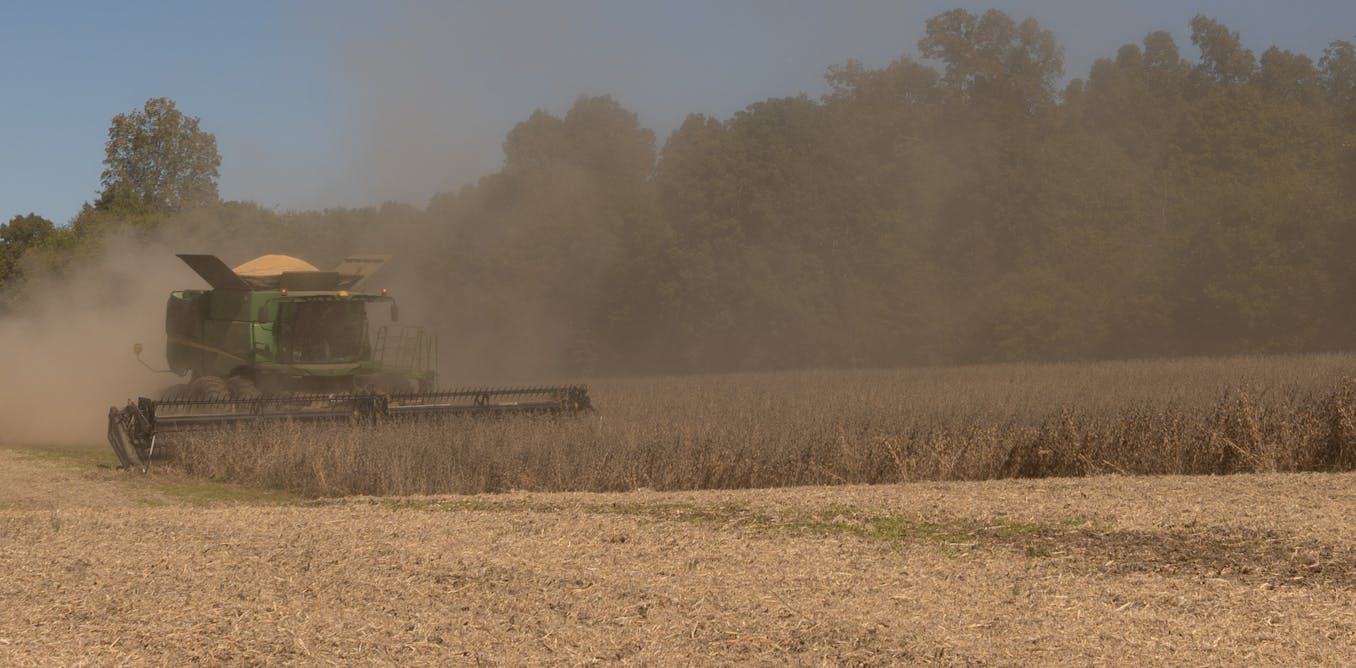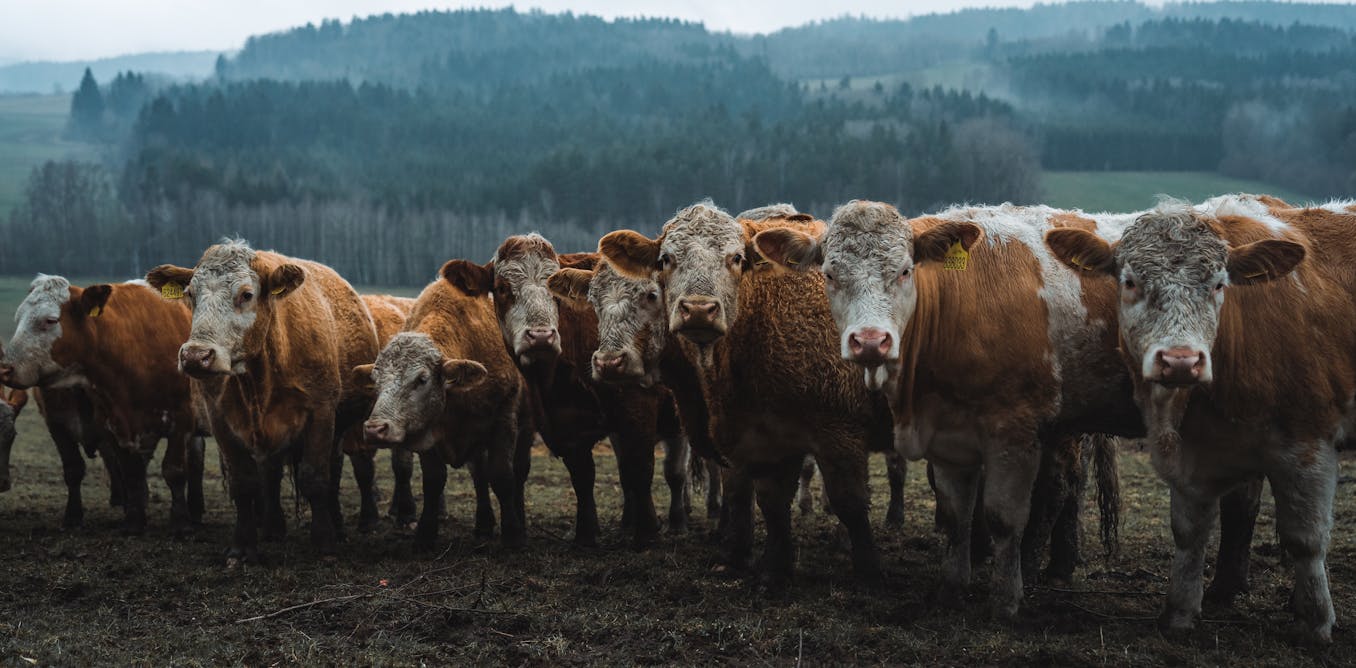With wildlife populations globally 73% smaller on average than in 1970 and large mammals missing from much of the world, surely there’s never been a better time to “de-extinct” species? US biotech company Colossal Biosciences Inc claimed to do just that recently by resurrecting the dire wolf from Game of Thrones (a species that also lived in our world, several thousand years ago).
The potential seems huge. A species in trouble? Get a high-quality genome and you’ve made it a save game point, ready to replay when the environment improves. Didn’t get there in time? Never mind – you can use frozen remains in the permafrost, or shotgun-blasted specimens in a museum collection. And pretty soon, even if you don’t have those, a dose of generative AI and you can probably infer some of that genome anyway. A little genetic engineering and you have a species back from the dead, ready to go.
What’s the problem? Well, pretty much everything. These aren’t species returned from extinction. They aren’t going to be very useful, and in fact may well not survive at all. Most worrying of all, like the Freys and Boltons hidden in the hall before the Red Wedding, it’s the ethos of de-extinction hidden in these “dire wolf” puppies that will likely do the most damage to biodiversity if it establishes itself.
Extinction has not been reversed
The dire wolf was a very large carnivore that lived in the Americas about 10,000 years ago. Anatomically, it resembled a big, muscular, extra-toothy grey wolf: the species alive today that everyone thinks of when they say “wolf”.
The two pups revealed by Colossal Biosciences are not dire wolves. They are grey wolves, with 14 genes modified to produce an animal that resembles what we think a dire wolf looked like. Actually, only one of the 14 was a gene directly from a dire wolf specimen – the others were gene variants from existing grey wolf populations chosen to give physical features that made the engineered wolves bigger and whiter.
Over time, gene editing technology could increase the possible number of genes that can be engineered into a host species, and increase the complexity of the traits being inserted. But it’s not species being revived, it’s a few of their characteristics being borrowed by a species from today. It’s like claiming to have brought Napoleon back from the dead by asking a short French man to wear his hat.
The argument for this kind of genetic engineering revolves around the notion that the new hybrids might be useful for environmental restoration. As a top predator, the dire wolf could in theory bring the same revolutionary changes to ecosystems that reintroducing grey wolves to Yellowstone national park in the US famously caused in the 1990s. In other words, a more complete ecosystem, with wolves checking the voracious appetite of deer such that more complex and biodiverse habitats rebound.
However, in ecosystems where the dire wolf would reign supreme the grey wolf can very clearly fill the same role (just as it did in Yellowstone) without any of the unnecessary technology – if only people stopped trying to shoot them and exempt them from endangered species legislation.
georgesanker.com/Alamy Stock Photo
There’s also the problem that captive breeding programmes seeking to release endangered species into the wild today regularly butt against: that the new animals have little or no idea what to do or how to live in their new habitat.
Operation Migration, dramatised in the 1996 film Fly Away Home, saw a dedicated team of pilots teach endangered migratory birds how to traverse North America by having them chase microlight aircraft for thousands of miles. This is just one example of the intensive training necessary, and which is never guaranteed to be successful. It’s obviously more difficult to train apex predators by example – I will not be volunteering for the “intro to pack hunting” session.
No quick fixes
The word “de-extinction” is not just itself untrue, but it seeks to diminish the inconvenient truth of the biodiversity crisis: we know what causes extinction, and it’s us.
Food systems have to destroy less habitat and use much less protein from animals, wild and farmed. Energy systems have to burn less carbon, so that there are fewer deaths among species (including ours) trying to adapt to higher temperatures and the changes they bring. To do both these things, our landscapes have to leave more space for nature and much of what remains must be used more efficiently to provide food, fuel and living space.
There are definite signs that we can make good on these promises: conservation does work, for humans and for other species.
But these changes require us to recognise that certain economic and political philosophies are no longer tenable. They require sacrifice by everyone and a willingness by rich people and countries to pay with money, trade policy, intellectual property rights and energy supply, so that many of the poorest people and countries can flourish while avoiding the environmental damage that those rich countries caused over their own histories.
What motivates people to cope with these changes is a desire for justice, a need to nurture, a drive to make things better and a recognition that while habitats can sometimes be restored, species extinctions are irreversible dead-ends which can only be avoided. That recognition is under threat.
The Trump administration is trying to defang the US Endangered Species Act. In the UK, a wholesale revision of legislation to prevent biodiversity loss has begun with the targeting of the habitat regulations, in preemptive defence of the government’s need to “build, build, build” in a desperate search for more economic growth. How useful would it be if the risk of extinction could be averted with a simple “don’t worry, we’ll pay to de-extinct it afterwards”?
There won’t be a dire wolf, and even if there were to be one, we’d have no idea what it was for (and neither would it). We’ll all pay for the mistaken belief that extinction is a solved problem, and that the business-as-usual global economy that has caused the sixth mass extinction is no big deal, because its casualties aren’t actually dead – just temporarily inconvenienced by an extinction that is no longer forever.

Don’t have time to read about climate change as much as you’d like?
Get a weekly roundup in your inbox instead. Every Wednesday, The Conversation’s environment editor writes Imagine, a short email that goes a little deeper into just one climate issue. Join the 45,000+ readers who’ve subscribed so far.

The post “Why ‘de-extinct’ dire wolves are a Trojan horse to hide humanity’s destruction of nature” by Rich Grenyer, Associate Professor in Biogeography and Biodiversity, University of Oxford was published on 04/14/2025 by theconversation.com





































Leave a Reply